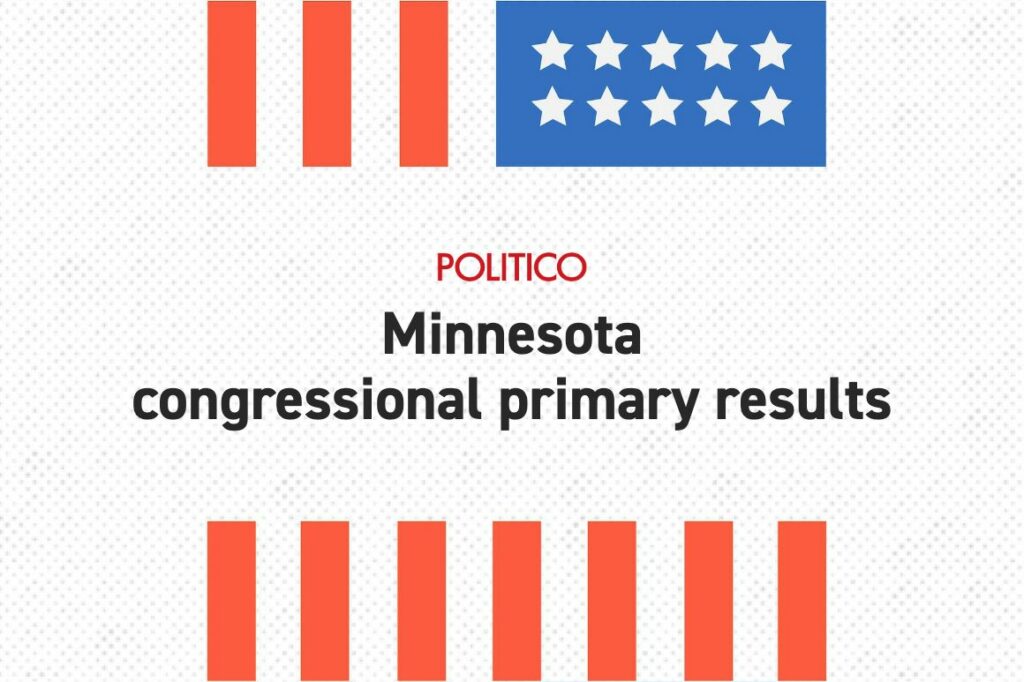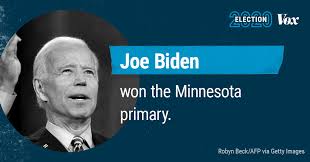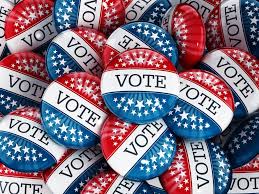
It is the primary election that decides who will be on the ballot in the general election in November. Refer to the Presidential Primary page for details about the primary election for president.
What is a primary election?
It is the primary election that decides who will be on the ballot in the general election in November.
For governor, for instance, a single political party might field five candidates. In November, voters can only choose between one candidate. The candidate who receives the most votes in their party’s primary election in August will be the nominee for that party in the general election in November.
If you live in a state that holds primaries, you may see both partisan and nonpartisan offices on your ballot.
Congressional and state-level elections
Party nominees for federal and state (such as state legislature members, governors, etc.) offices are selected through open primaries in at least 22 states.
There are 15 states where at least one political party uses closed primaries to nominate candidates for partisan offices.
At least one political party operates with a semi-open primary system in 14 states.
Two of these states, California and Washington, use a “top two” primary system.
Open primaries in Minnesota allow registered voters to take part in the process for any political party’s nomination.
If no candidate receives a majority of the vote in a primary election, the candidate with the most votes overall wins. The following table details the various state offices in Minnesota that require parties to hold primary elections in order to nominate candidates.
State legislation and ballot measures
Primary systems legislation

You can find a compilation of recent primary election systems bills introduced or passed by the Minnesota legislature below. You can read the full text of each bill by clicking on its title.
Please be aware that some of the results may be irrelevant to the topic because of the way the list was sorted. If there are no bills listed below, then no new legislation addressing this topic has been introduced.
Primary systems ballot measures
For the primary elections in Minnesota, Ballotpedia hasn’t recorded any ballot measures since 2017.
Partisan offices
When voting for partisan offices, the political party affiliation of each candidate will appear next to their name on the ballot. Partisanship permeates all levels of government, from local to federal.
There will be separate columns on the primary ballot for each political party’s candidates. The candidates for each major party are listed in separate columns.
Only members of one political party will appear on your ballot. You can’t have your vote counted if you choose candidates from more than one political party. Minnesota does not require registration with a political party, so voters can choose their affiliation at the polls.
Nonpartisan offices
Candidates for nonpartisan offices will not have their political affiliation displayed on the ballot. Offices held by the county, city, township, and school board, for instance, are nonpartisan.
On the primary ballot’s reverse side, you’ll find the names of candidates seeking nonpartisan offices. All candidates are open to your vote. The top vote-getters will move on to the general election ballot in November.
Register to vote
Here you can see if you are currently registered to vote. If you’ve recently moved, it’s possible that you’ll need to re-register to vote at your new address.

You can sign up to vote either before the election or on election day. There are many acceptable forms of ID that can serve as proof of residency, so please bring one with you. Here is the complete list for your perusal.
If you need help understanding the voting process because of a language barrier, you have the right to request an interpreter at your polling place. If you need an interpreter at the polling place, just ask the election judge for one.
While election judges who speak more than one language may be more able to assist, any judge can use a phone line to connect with a native-speaking interpreter if necessary.
FAQs – People Also Ask
How do primaries work?
Primary elections take place at the state level and allow registered party members to cast ballots for the candidate they support. Each major party, the Democrats and the Republicans holds a national convention after the primaries and caucuses to choose their respective Presidential nominees.
What is a presidential primary caucus?
A state’s primary election or caucus is usually an indirect election: instead of voters directly selecting a particular person running for president, they determine the number of delegates each party’s national convention will receive from their respective state.
For More About Trending NEWS & Media Related Articles, Check Our Website: Velvetiere

